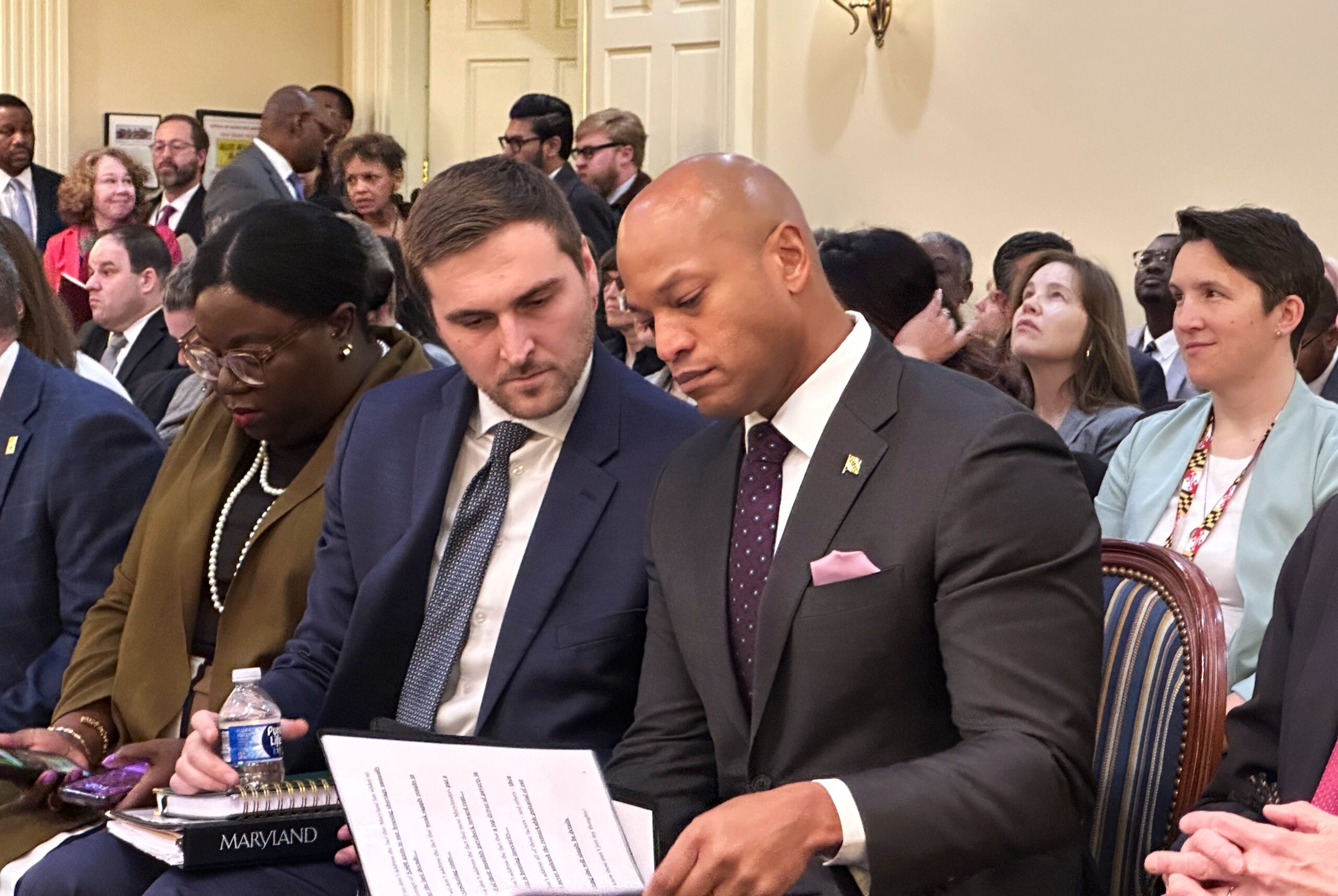Opinion: Ending Single-Family Detached Zoning Benefits Everyone

Policymakers across the country are considering large- and small-scale revisions to single-family detached zoning regulations that would allow diversification of housing types in these areas.
Most prominent among these is an effort to expand the availability of accessory dwelling units, or ADUs, and multi-unit dwellings, or MUDs, in single-family zones that will create units at a lower price point/market rent within these otherwise cost-prohibitive neighborhoods.
The most recent example of this is an ADU bill currently pending before the Annapolis City Council.
These initiatives are being undertaken in response to the fact that most single-family detached communities are located in and around “high-opportunity areas” that have well-funded schools, low crime and highly rated quality of life. Federal policymakers have identified the need to expand access to these areas and attached incentive funding for states that do so.
Despite all of the passion that may be put into zoning reform, the success or failure of these efforts will depend on the owners of single-family detached homes and whether they are convinced these changes benefit them.
These residents may acknowledge the problematic history of single-family detached zoning, but are concerned that changes to zoning ordinances may result in a devaluation of their most valuable asset — their home.
As a preliminary matter, there’s no reason to believe that the liberalization of zoning will result in the elimination of stand-alone structures and quarter-acre lots. In fact, most jurisdictions that have allowed ADUs have seen them utilized on less than 1% of eligible properties.
In 2019, Oregon was in the spotlight for “abolishing” single-family detached zoning when in fact the law was much more modest. It permitted duplexes, triplexes and fourplexes in cities with more than 25,000 residents, and duplexes in cities of least 10,000. Regular setbacks, open space and parking requirements remained.
Most notably, the significant expense of redevelopment prevented most existing communities from being disturbed. Despite its radical nomenclature, “abolishing” single-family detached zoning is more of a legal construct than a physical one.
The benefits of housing reform are more concrete.
Removing legal barriers to housing will allow greater innovation in reducing the most significant driver of cost of living – home prices and rent. Police, firefighters and teachers will be able to find more affordable options closer to where they work, which is critical for these essential but high-turnover professions. Homeowners will also not face the daunting prospect of being priced out of their own home in retirement when property tax valuations outpace their fixed income.
There are also significant environmental benefits to moving past single-family detached zoning.
The politics of the 1990s pitched environmental concerns against housing interests, but the prism of climate change prioritizes locating people closer to where they work. One of the greatest detriments of single-family detached zoning is the manner in which it spreads out the population. Although traffic concerns are likely to be raised in the face of every proposed development, the most overburdened roads in our counties are pass-through drives as residents drive through more expensive jurisdictions to get home from work.
Similarly, the more spread out we are, the more expensive our public services become.
Instead of large schools, libraries and fire stations situated among dense population centers, we build a multitude of smaller public facilities distributed across larger spaces. We pay more for roads, public safety response times and empty classrooms in far off reaches of suburbia than we would if we lived closer together.
Zoning law is still a somewhat recent legal construct. It arose around the turn of the century to separate commercial from residential zones but was then co-opted in the 1920s for the purposes of racial segregation.
The question we must ask ourselves is why do our zoning codes continue to segregate communities based on housing type? Does it serve a public purpose or a private one? And if it’s the latter, are we still willing to pay the cost?
–TOM COALE
The writer is a land use and zoning attorney with the law firm of Talkin & Oh LLP in Ellicott City. He represents affordable housing developers throughout the state.





 Creative Commons Attribution
Creative Commons Attribution